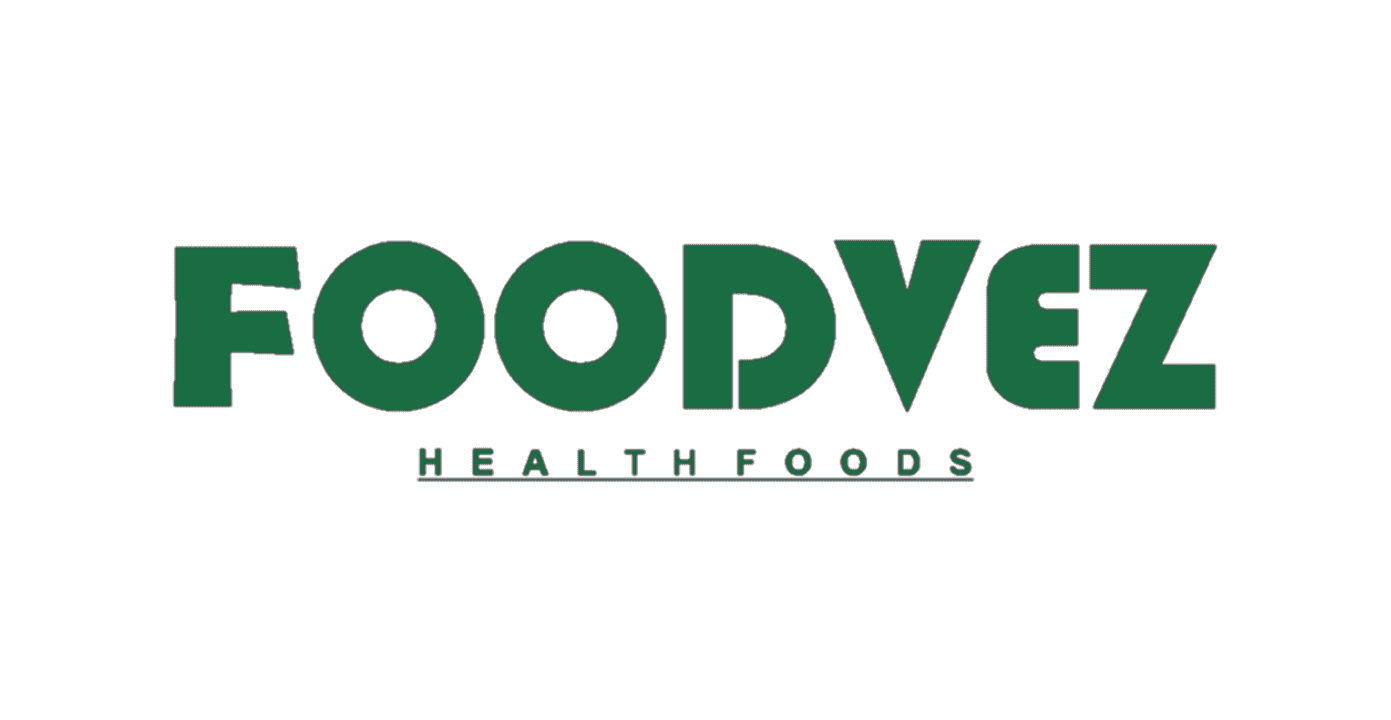Did you know about dietary fibres? What are dietary fibres? What are the various types of Fibres? What are the Major Sources of Dietary Fibres? Some of the Health advantages of dietary fibres: How do fibres affect nutrient absorption?
Here is all the information you need to know about Dietary Fibres.

What are Dietary Fibres?
Dietary Fibres(Complex Carbohydrates) are Non-nutrients carbohydrates. Also known as Resistant-Starch. the small intestine can’t absorb them. They are passed to the large intestine and benefit the Bowel movement regularly. Dietary fibres are Usually present in Cereals, Whole grains, fruits, vegetables, and green leafy veggies.
They contain three or more monosaccharide units, They are non-starchy carbohydrates including polysaccharides( Cellulose, hemicellulose, pectin, resins and gums) Oligosaccharides(inulin, fructooligosaccharides) The small intestine can’t absorb them.
They are passed to the large intestine benefits for regular bowel passage, They can be fermented in the large intestine to stimulate the growth of potentially beneficial bifidobacteria. People who have Constipation can switch on to dietary fibres to prevent symptoms of IBS.
Dietary fibres are also known as the fuel of Colons, they include short-chain fatty acids helpful for the mucus lining of the colons. They are fermented by useful bacteria in the colon beneficial for preventing colitis, inflammatory diseases and colon blockage.
You Can Also Read Role of Dietary Fibres in Diabetes Mellitus Management.
What are the various types of Fibres?
The major two varieties of dietary fibre are as follows :
Soluble Fibres:
A name Soluble refers to which can easily dissolve in water, The soluble fibres commonly found in Nuts, chia seeds, oatmeals, barley, fruits(apples, strawberries, orange, papaya, raspberries, blueberries, pulses( lentils, Bengal gram, peas, and beans).
Insoluble Fibres:
The name Insoluble refers to something which can not be dissolved in water. The Insoluble fibre is mainly found in Legumes, green leafy vegetables, brown rice, barley, whole wheat products, oilseeds like walnuts, almonds, and fruit wall (apples, mango, and pears).
Wholegrain cereals and wholemeal bread are great sources of insoluble fibres.
are beneficial for preventing Symptoms of IBS( Irritable Bowel Syndrome), and promoting regular bowel movements.
What are the Major Sources of Dietary Fibres?
Major Healthy Sources of dietary fibres:
- Cereals: barley, bajra, jowar, quinoa, wheat, ragi, maize, rice.
- Pulses and legumes: lentils, black beans, Bengal gram, red gram, green gram, chickpeas, pinto beans, soybeans.
- Nuts and Oil Seeds: walnuts, almonds, sesame, fenugreek, mustard, gingelly seeds.
- Fruits: amla, custard apple, Cherry, banana, mangoes, apples, sapota, fig, dates, pears, guavas, currants, oranges, plums, kiwifruit, citrus fruits, strawberries, blueberries, raspberries.
- Vegetables: cluster bean, broad bean, brinjal, and giant chillies.
bitter gourd, bottle gourd, ladies finger, snake gourd, onion stalks.
- Leafy vegetables: Agatha, cabbage, mint, spinach, cabbage, curry leaves, amaranth, drumstick leaves, ponnanganni, paruppu Keerai.
- Root vegetables: carrots, beetroots and yams, radish, potato, colocasia, sweet potato.
Some of the Health advantages of dietary fibres:
- Helps to maintain Bowel Health.
- Helps to maintain blood cholesterol.
- Helps to uphold Diabetes Mellitus.
- Benefits for Weight Management.
- Helps to prevent colon cancer.
- Beneficial to cure constipation and diverticula.
- Prevent the chance of coronary heart disease.
- Beneficial for detoxifying the body.
- Beneficial for decreasing intracolonic pressure.
How do fibres affect nutrient absorption?
Physiological and Metabolic Effects:
Effects on Nutrients absorption:
Dietary fibre is susceptible to physical disintegration during processing, cooking and mastication into fine particles. Consequent size reduction and dispersal of soluble fibre like beta-glucans and pectins in the aqueous phase appears to be causing a delay in the uptake of absorbable nutrients by the epithelial cells that line the mimosa. Delay in absorption can lead to eventual excretion of nutrients.
Nutrients Binding:
Many cell wall polysaccharides and lignins interact with metal ions such as iron, calcium and zinc in the aqueous phase of the intestinal contents.
This can result in the conversion of soluble minerals into unabsorbable forms to be excreted. On the other hand carrageenan, agar, and guar gum, major sources of soluble fibre, interfere with the absorption of Ca, Fe and Zn in rats.
Diets with high levels of legumes, oats and whole wheat have undesirable effects on mineral absorption. This is due to the presence of polysaccharides and physic substances present in these sources.
Reduced Enzyme Functions:
Viscous gel-forming fibres interfere with enzymatic hydrolysis. Hydrocolloids may inhibit intestinal peptidases and Pancreatic lipase. Fibre directly may decrease the activity of these enzymes or act by reducing the rate of enzyme penetration into the food.
The barrier to Digestion:
Despite adequate processing, cooking and mastication, a part of the structure enveloping the nutrients remains intact and slows down the whole process of digestion and acts as a physical barrier between nutrients and digestive enzymes in the intestine.
Legume seeds have relatively thick walls resisting breakdown during processing and cooking, and therefore, legumes constitute one of the lowest glycemic response foods, that is, reduced rate of absorption of glucose.
Explore More Organic Healthy Food Products On “FOODVEZ”
Stay Healthy.

